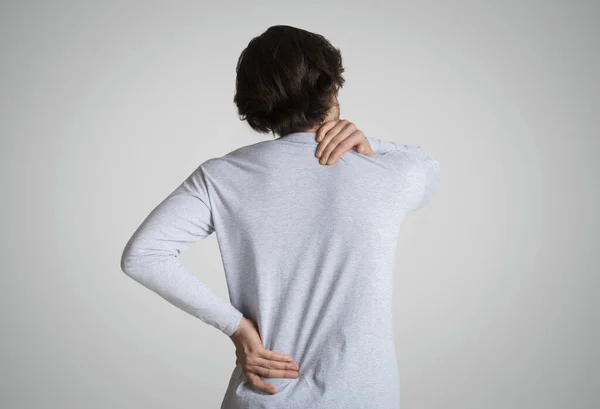Everyone gets sore muscles at one time or another, especially if trying something new or going hard with a workout. But muscle aches can also be a sign of a serious medical condition.
Ice and heat both help soothe sore muscles. Use ice right after exercise to cut inflammation and heat later to increase blood flow and ease tightness. For effective muscle pain prevention strategies with expert guidance visit la clinica promoting wellness, exercise, therapy and personalized care.
1. Stretch Before and After Workouts
Stretching before your workout helps loosen tight muscles and prepares the body for activity, decreasing muscle damage. Stretching also improves your performance the next time you exercise, reducing soreness and increasing flexibility.
A different kind of soreness, called delayed onset muscle soreness (or DOMS), occurs hours or even days after your workout. This type of soreness can actually involve actual muscle damage. It’s usually caused by eccentric contractions, or lengthening of the muscle, such as the lowering part of a chest press or biceps curl.
Warming down with light movement, such as walking, after your workout will help ease muscle soreness by increasing blood flow to the area. You can also try massaging sore muscles or using a foam roller. Ice packs or cold compresses also can reduce pain and swelling.
2. Get Enough Sleep
Getting enough sleep is essential for many reasons, including muscle growth and recovery. During sleep, the body can clear chemical waste from muscles and other tissues that have been damaged by exercise, and it may also decrease pain sensitivity, according to one study.
Studies have found that individuals who get more quality sleep specifically nonrapid eye movement (NREM) sleep and REM sleep have larger gains in muscle mass than those who don’t. Moreover, a lack of sleep can negatively affect protein synthesis, which is important for muscle growth and repair.
Aim for seven to nine hours of sleep a night, especially for those who do intensive training. You can boost your sleeping habits by avoiding caffeine, which is known to disrupt sleep and staying away from screens like the ones on smartphones and tablets, before bed.
3. Stay Hydrated
Dehydration is a big contributor to muscle soreness. Make sure to drink a lot of water on a daily basis and before/after workouts.
Hydration enhances muscle recovery and unlocks your body’s full athletic potential. It improves blood circulation, ensuring that oxygen-rich nutrients reach your muscles. It also helps regulate your body temperature and maintain a healthy pH balance. It lubricates joints, reducing the risk of injuries.
Start hydrating an hour before exercise and continue to replenish fluids throughout your workout. Aim to drink 7-10 ounces every 20 minutes of activity. You can also add electrolyte-rich foods and drinks like watermelon, celery, and tomatoes to your diet.
4. Don’t Overdo It
While it’s important to push muscles to get stronger, too much stress can lead to injury. That’s why it’s important to know your limits and listen to your body.
For example, if you notice a sore muscle after a new exercise, don’t immediately start pushing that same muscle group again. Instead, try doing a workout that targets a different muscle group or do lower-impact exercise like tai chi or cycling until the soreness goes away.
It’s also important to warm-up properly before exercising. This helps increase your heart rate and blood flow to muscles and reduces the risk of injury. Also, be sure to increase the intensity or duration of your workouts gradually rather than all at once. This can prevent overstressing muscles, joints and tendons.
5. See Your Doctor
Many people experience muscle pain, called myalgia from time to time. It may be caused by a minor injury, mild illness or stress. The pain typically responds well to care at home.
But sometimes muscle pain is a warning sign that something is seriously wrong with your body. Whether you overdid your crunches at the gym, got sore from lifting heavy boxes or suffer from an ongoing health condition like pyomyositis, aches that last more than 3 days require medical attention.
In some cases, doctors can narrow down the cause of your pain using imaging tests or a blood test then they can recommend treatments that can help. For example, a massage can relieve pain and boost circulation, while medication may ease inflammation and reduce swelling.
